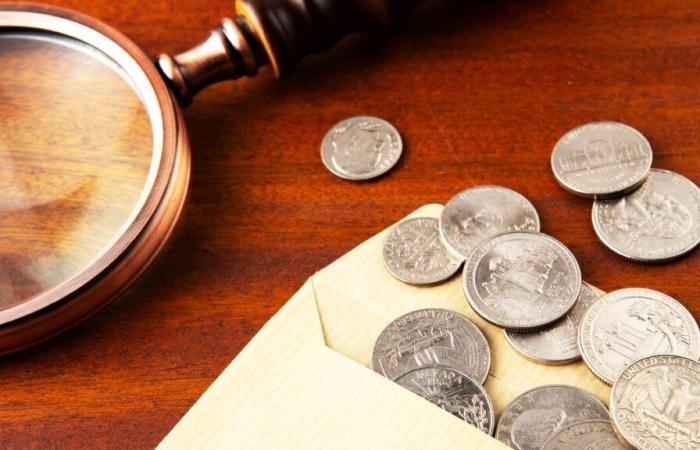
A unique testamentary decision
Having died in 1923, Bruun made an unusual request in his will: his precious pieces were not to be sold until 100 years after his death. This Danish entrepreneur, passionate about numismatics since his childhood, had amassed a considerable fortune thanks to the butter industry, allowing him to fuel his passion for rare coins and currencies.
The purpose of this testamentary clause was to protect Denmark's national collection in the event of a major crisis. Experts say Bruun, deeply scarred by the devastation of World War I, wanted to ensure his country had financial reserves in case of future disasters.
The treasures of the Bruun collection
Estimated to be worth $72.5 million, Bruun's collection includes approximately 20,000 objects, including gold and silver coins of great historical value. The pieces date from various periods, some dating back to the end of the 15th century. This diversity makes the Bruun collection one of the most important in the world in the field of numismatics.
To read
This coin is sold for 40,000 euros: are you the next to own such a treasure?
The highlight of the collection is a gold coin dating from 1496, minted during the reign of Hans, king of Denmark, Norway and briefly Sweden. This coin, the first of its kind minted in Denmark, is not only a national treasure but also an object of great international value.
The impact on the market and descendants
The sale of this collection, scheduled for September 14, is arousing keen interest around the world. Experts predict that some pieces could fetch astronomical sums at auction. This sale represents a unique opportunity for collectors and institutions to own a piece of Danish and Scandinavian monetary history.
Linky meter: here is the hidden secret that allows you to make (big) savings and that few French people know
As for Bruun's descendants, this sale represents the culmination of a century-long wait, during which they saw the value of the family heritage increase considerably. The profits from this sale should return to them, in accordance with the last wishes of Lars Emil Bruun.
A pre-sale exhibition in Copenhagen
Prior to the auction, the collection will be exhibited in Copenhagen, offering the public and potential buyers the opportunity to view the historic pieces up close. This exhibition is not only a chance to discover national treasures, but also to understand the extent of Bruun's passion and determination in building his collection.
To read
How a simple 50 cent coin can reach a value of €1,650: the details you need to know
Auction organizers and museum officials hope the exhibition will attract not only buyers but also history and numismatics enthusiasts, thereby increasing interest in Denmark's cultural and financial heritage.
- A collection estimated in the millions
- A wait of 100 years before the sale
- Pieces dating from the end of the 15th century
- An exceptional exhibition in Copenhagen
“This collection is not only valuable in monetary terms, it also represents a significant part of our national history. » – Helle Hornaes, head of the coin and medal collection at the National Museum of Denmark.
The sale of the Bruun Collection is sure to mark a turning point in the history of global numismatics, highlighting the importance of private collections in preserving and celebrating our shared history.





